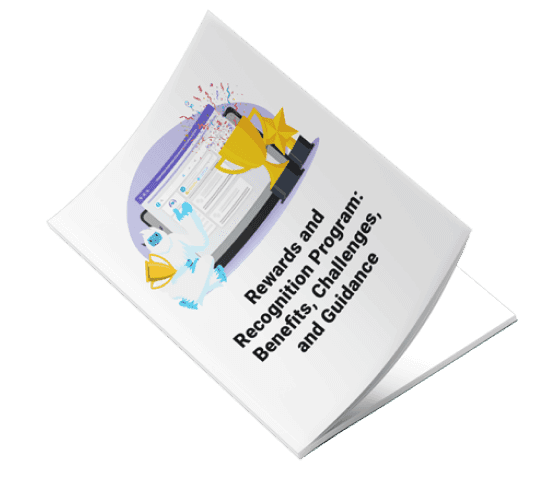
Enhancing Onboarding Company Culture for Lasting Employee Engagement
January 27, 2025
|
Erika Rahman
8 Ways to Connect New Employees to Company Culture
Communicate Values, Mission, and Vision
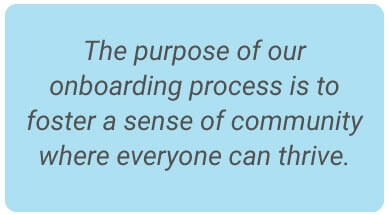
What you can learn?
Implement a Buddy System and Group Activities

What you can learn?
Connect Daily Tasks to the Bigger Picture

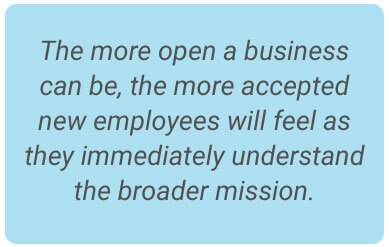
What you can learn?
Be Transparent with Salary Information

What you can learn?
Assign Existing Employees as Cultural Ambassadors
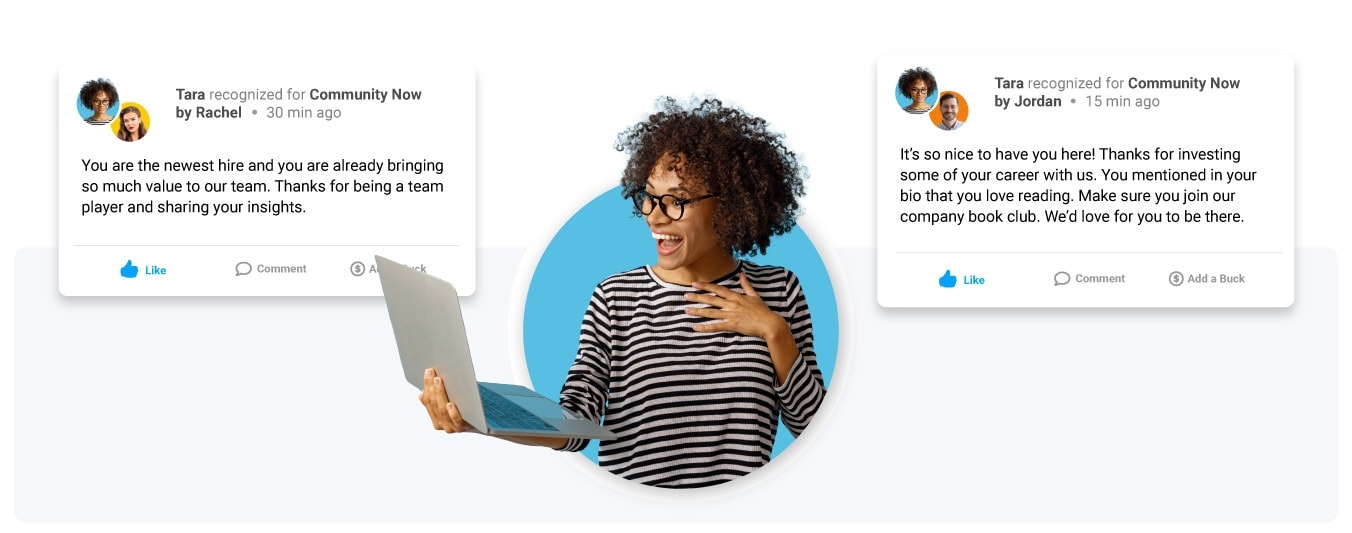
What you can learn?
Conduct a Behavioral Assessment and Discussion
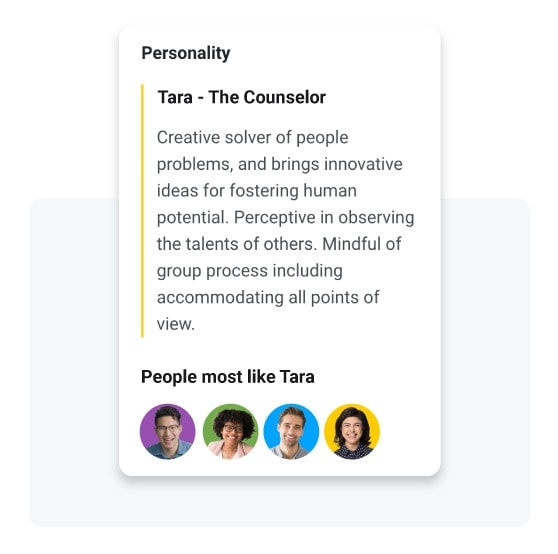
What you can learn?
Create an Interactive Onboarding Experience
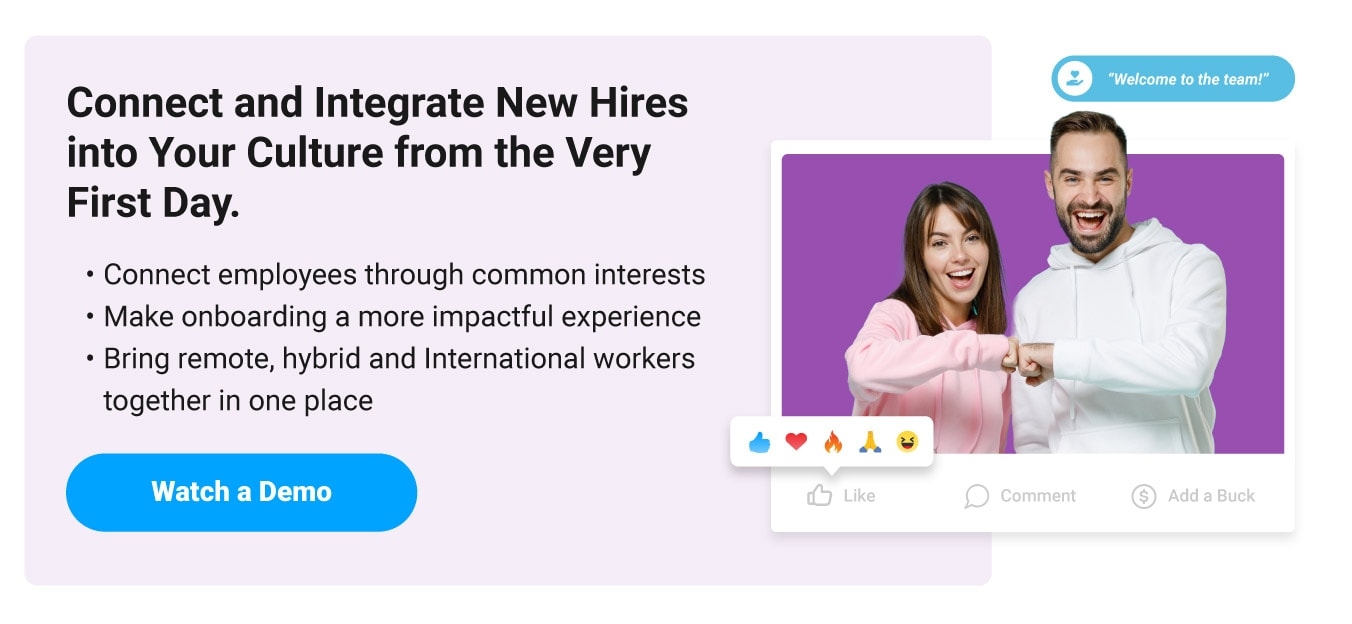
What you can learn?
What to do now?
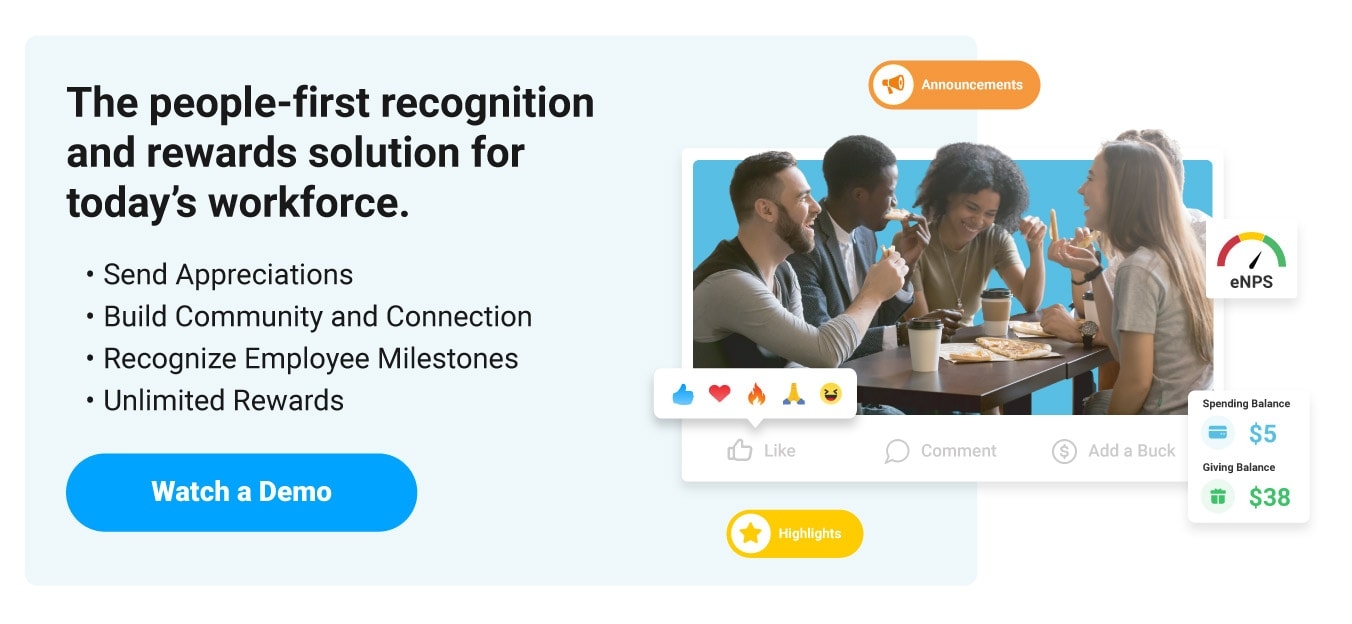
About the Author

Erika Rahman is a Product Marketing and Content Specialist at Motivosity. She studied marketing and business management at Utah Valley University. Erika has a broad background—from optometry to trade school administration—giving her a love and understanding for people across industries. She grew up in Northern California and Colorado, and currently calls the Utah slopes home.
Learn More
Learn More


